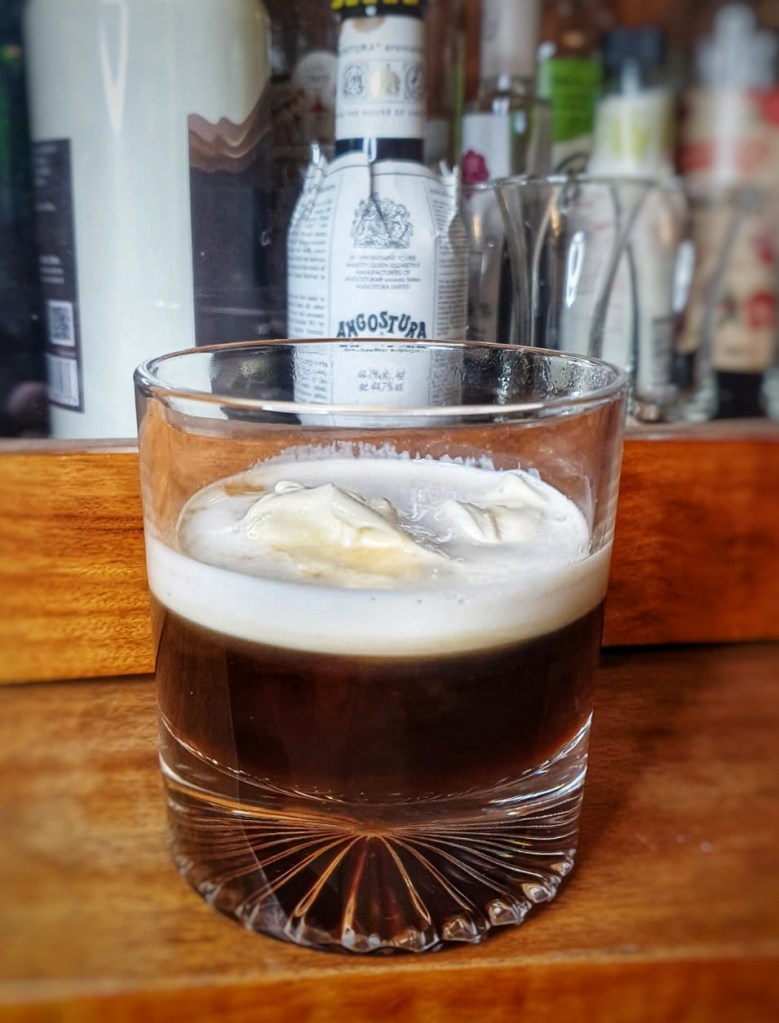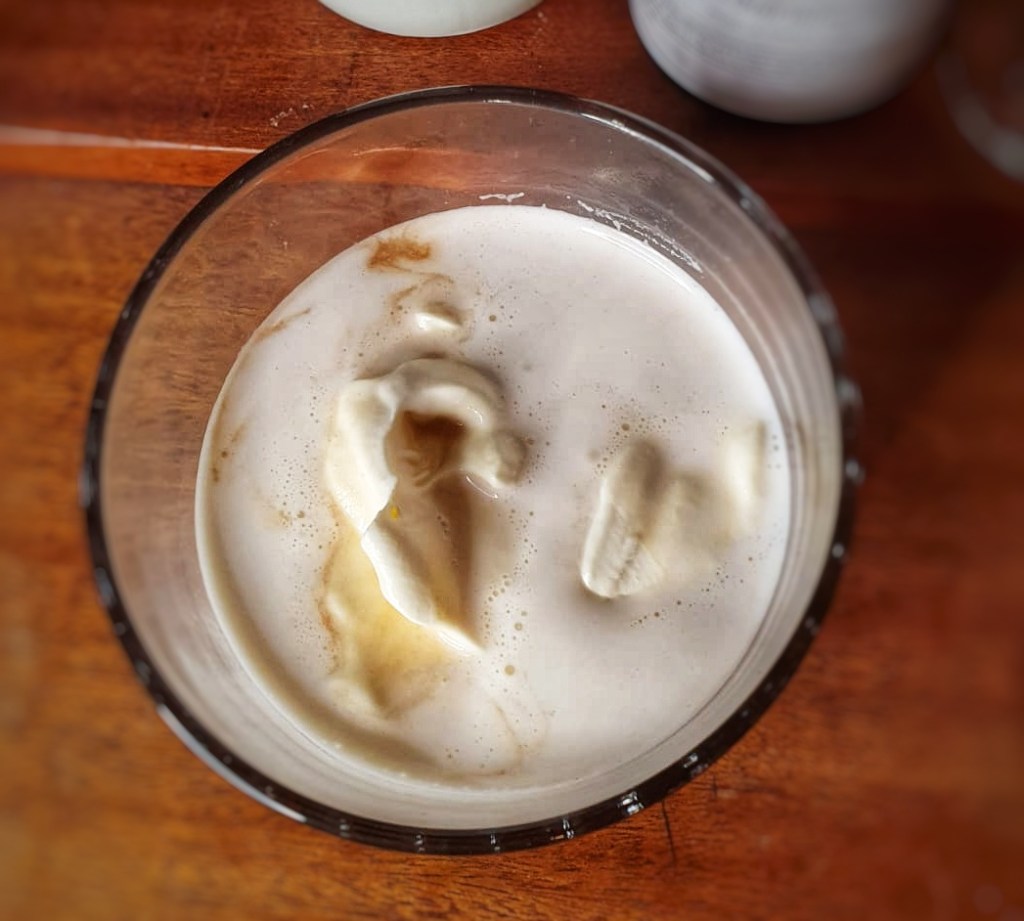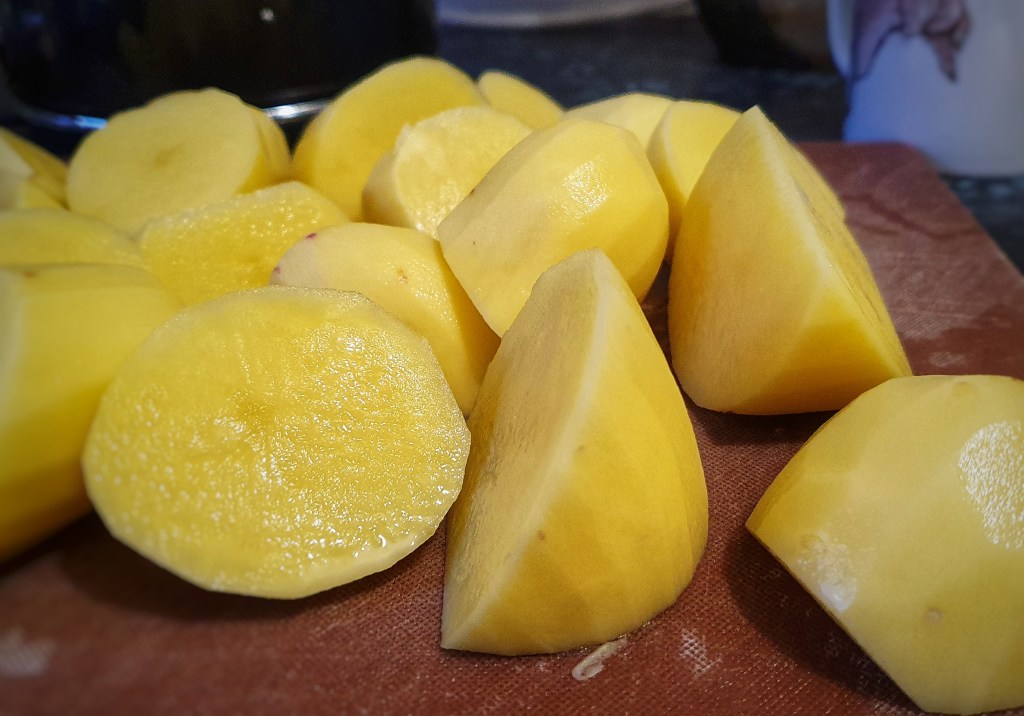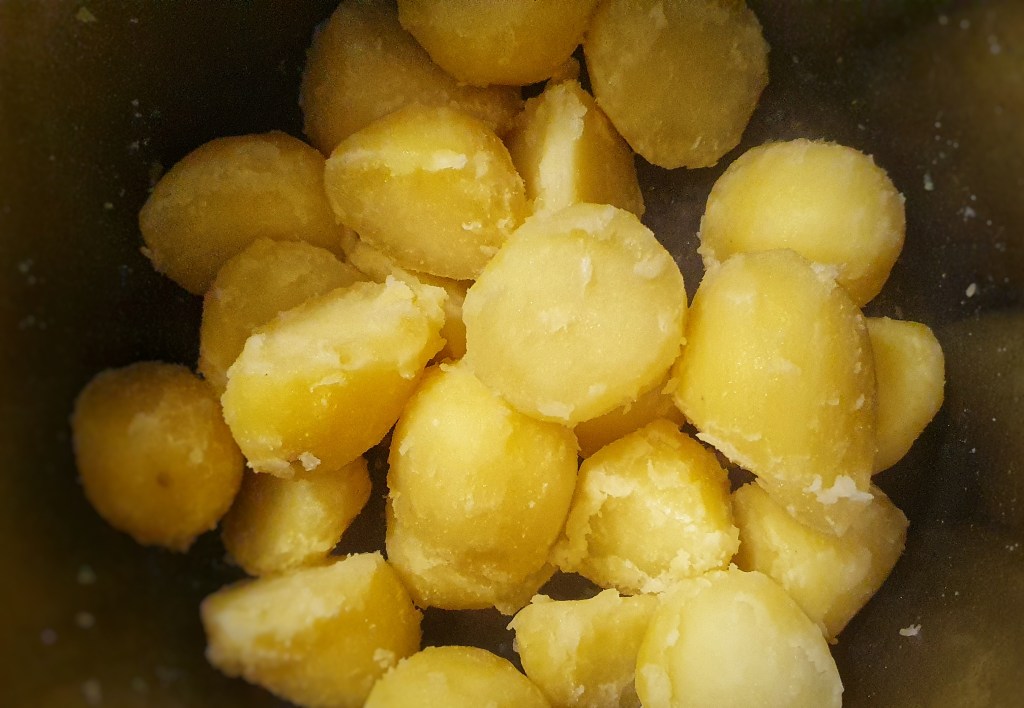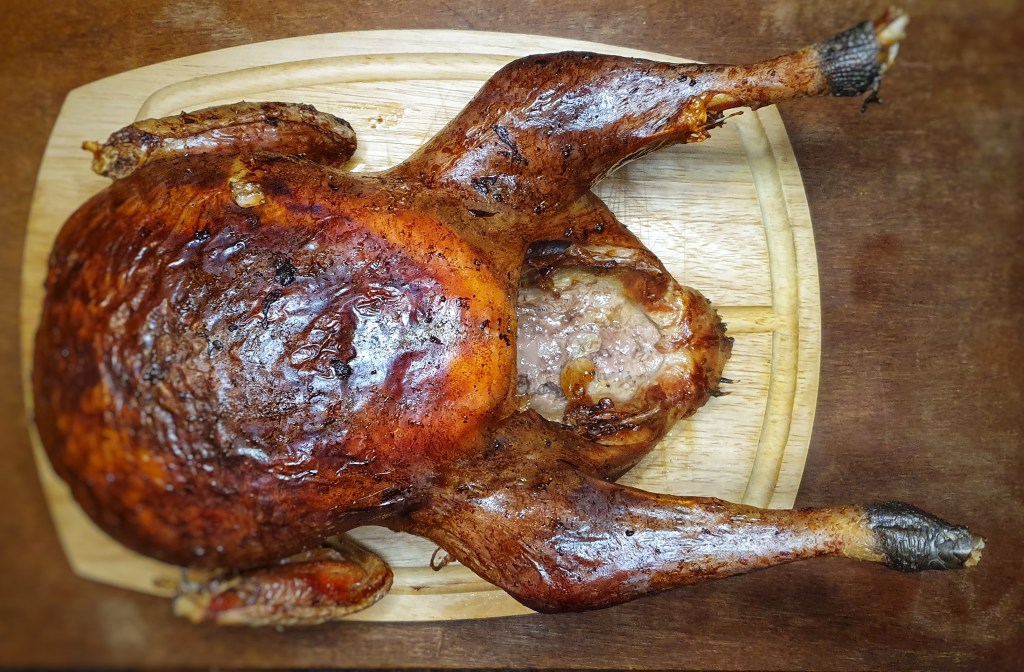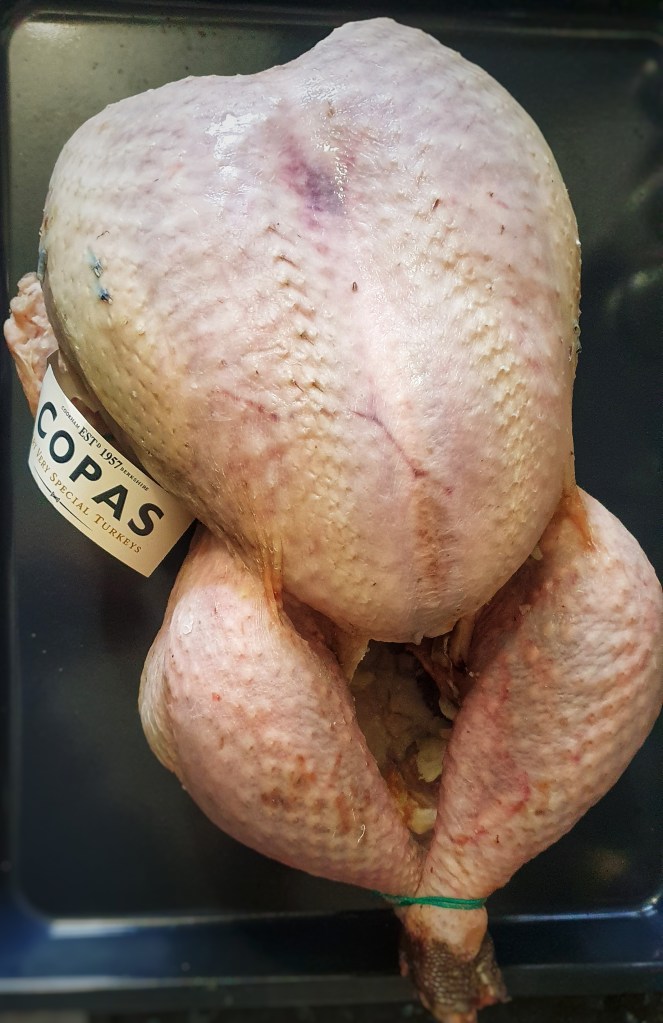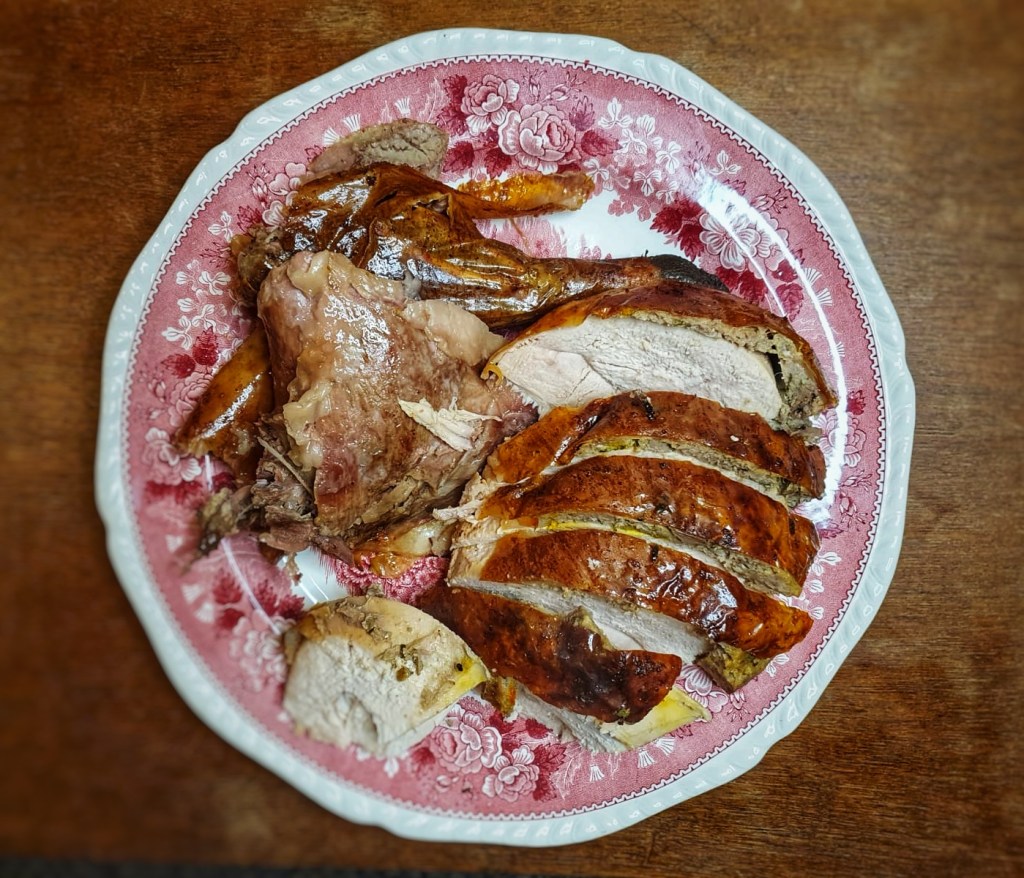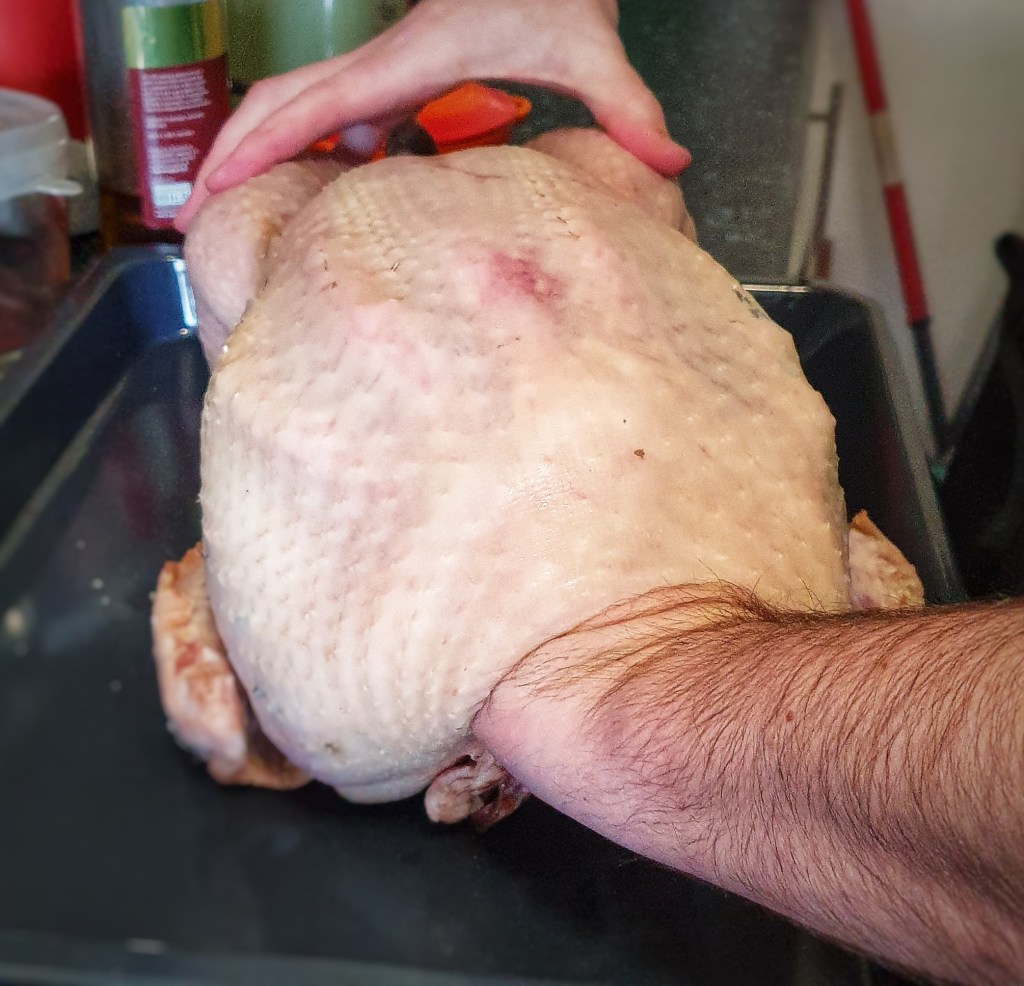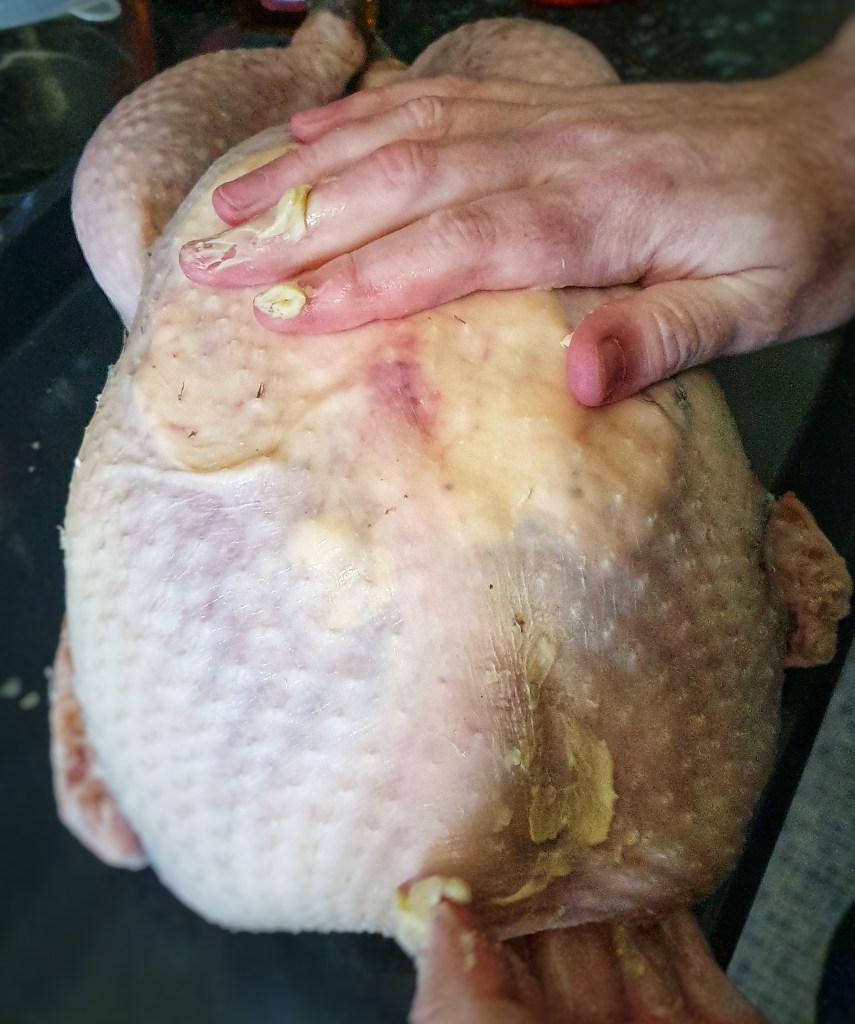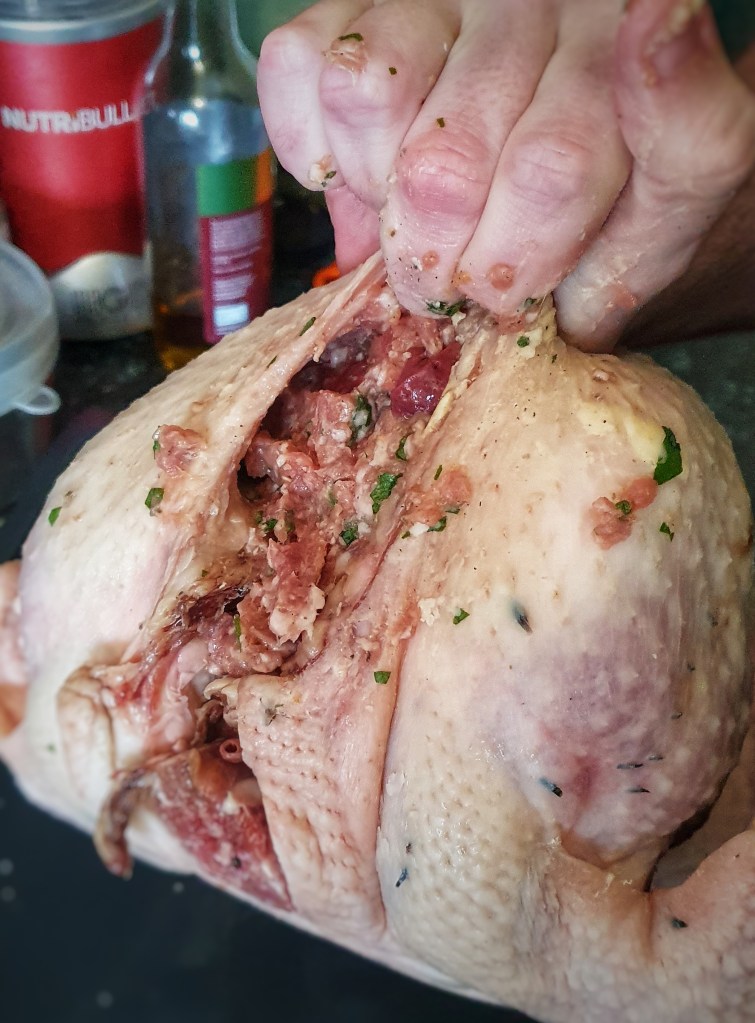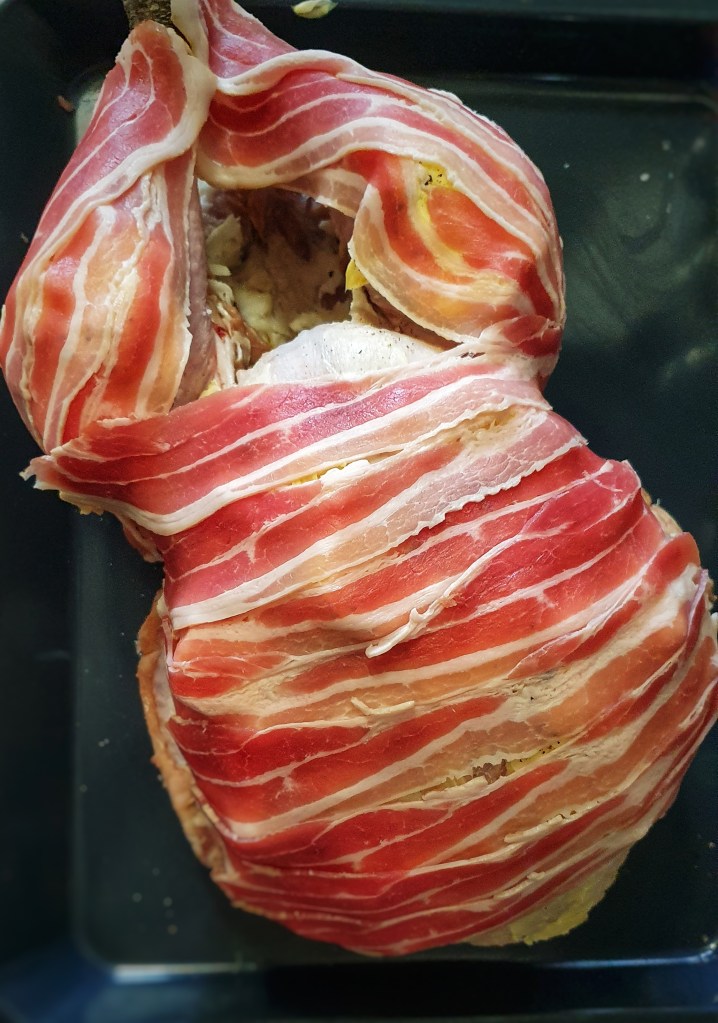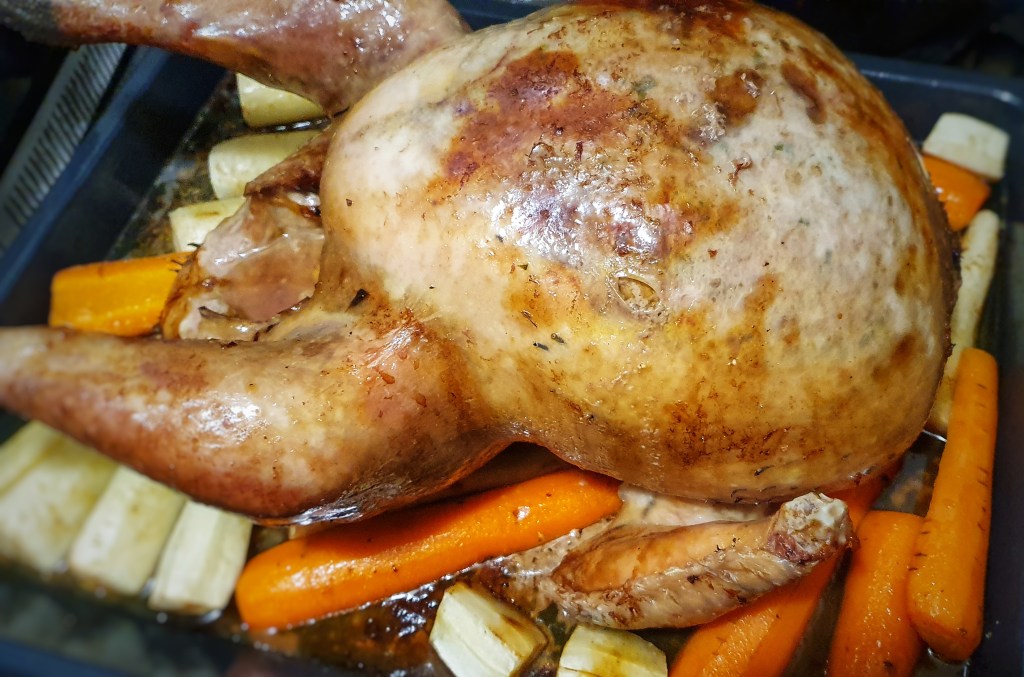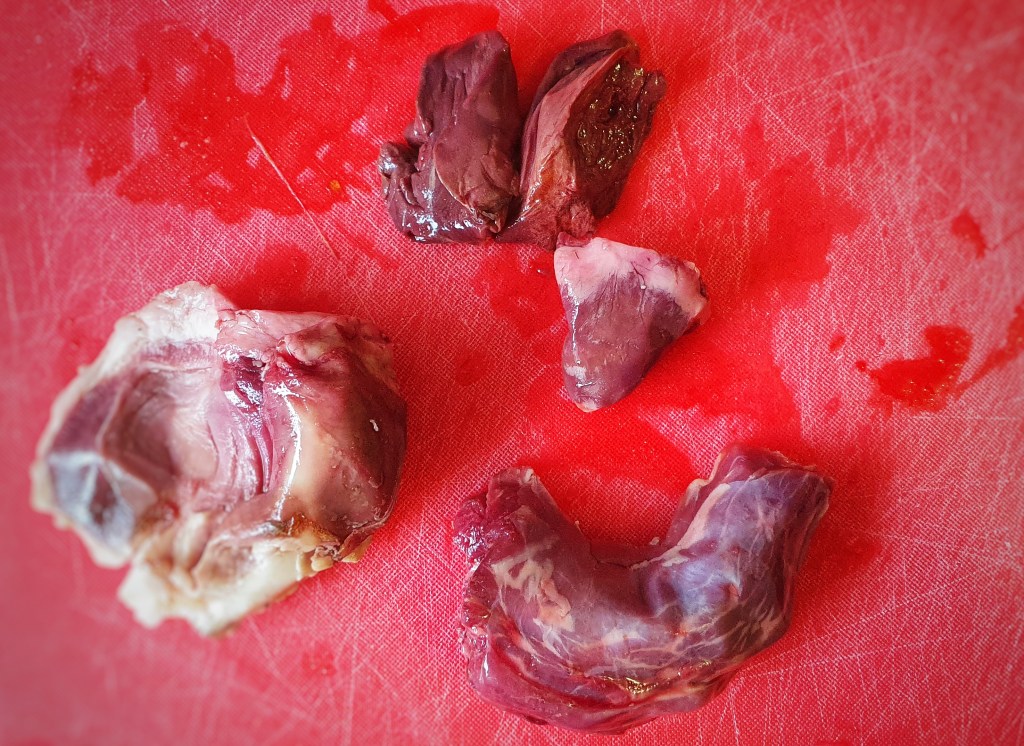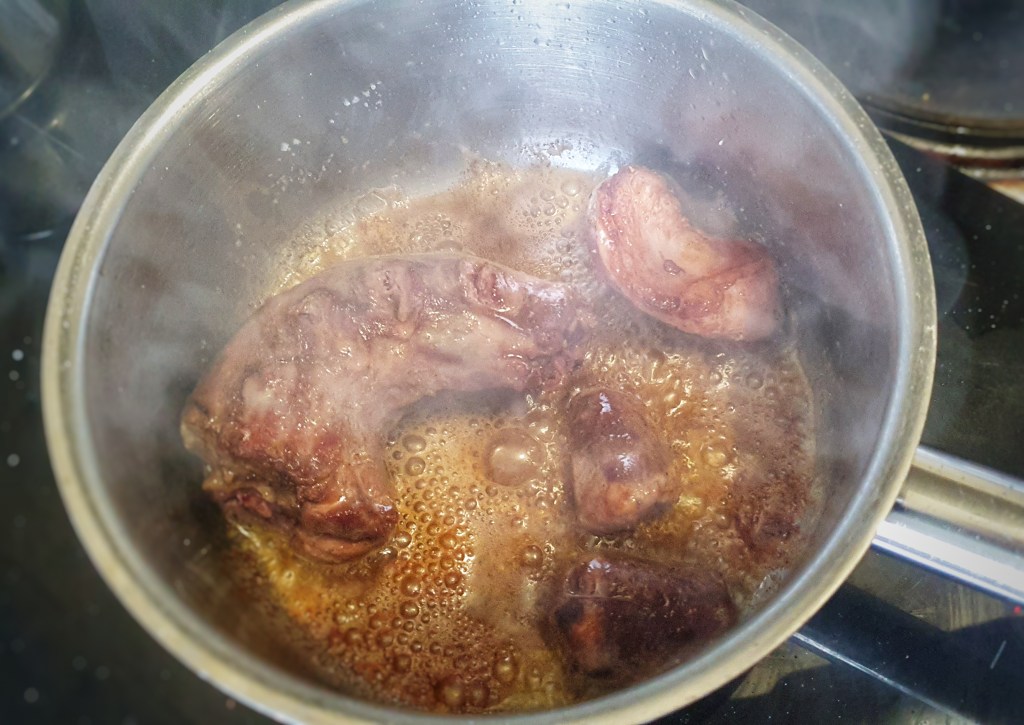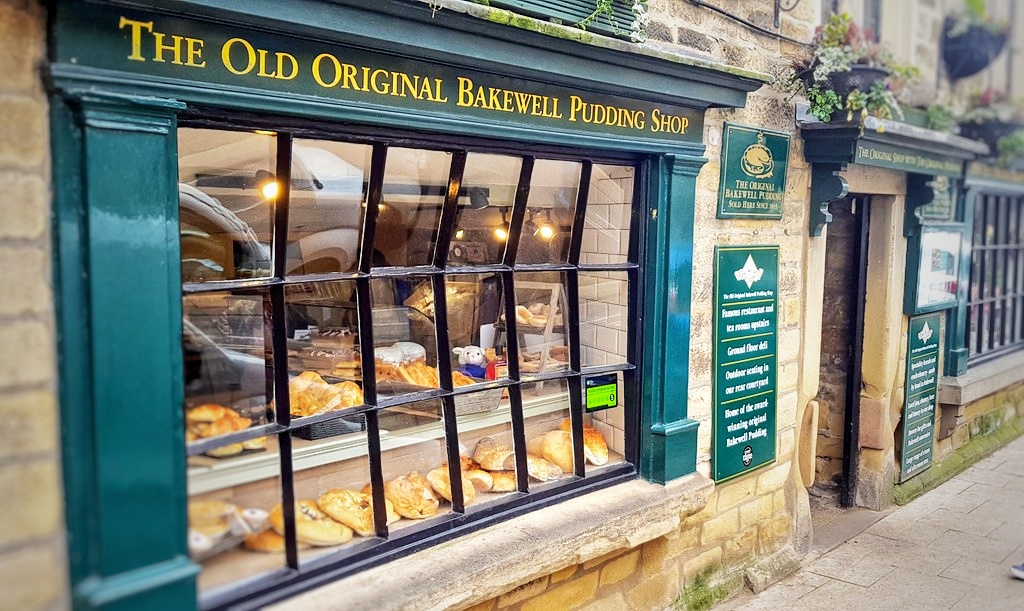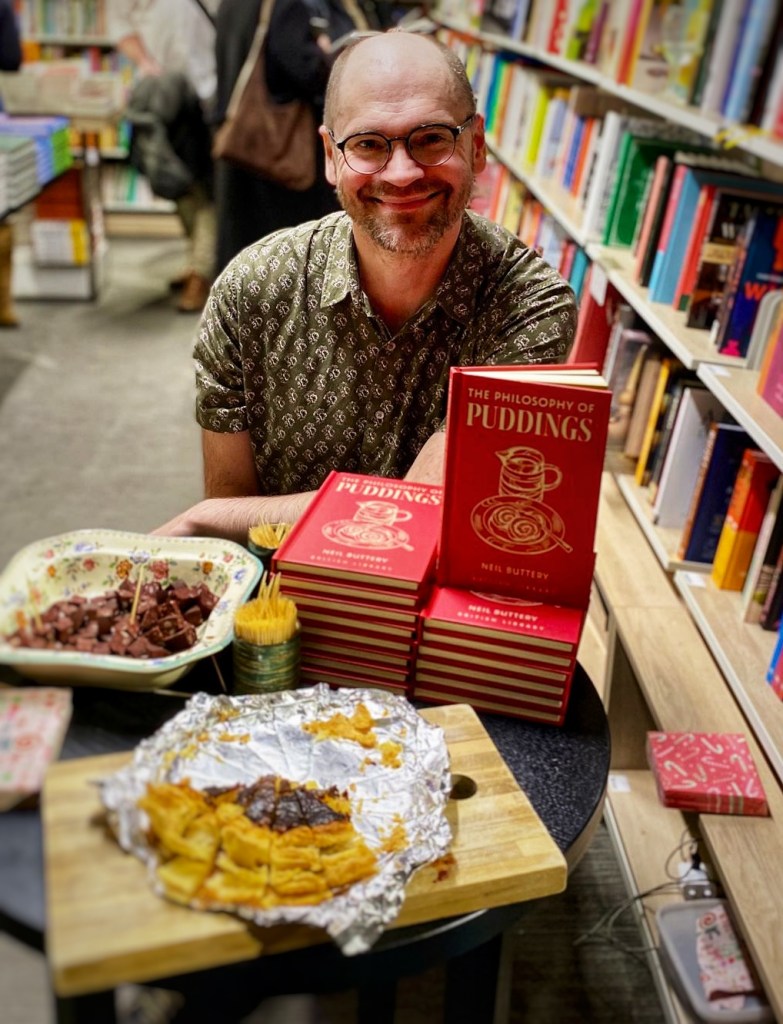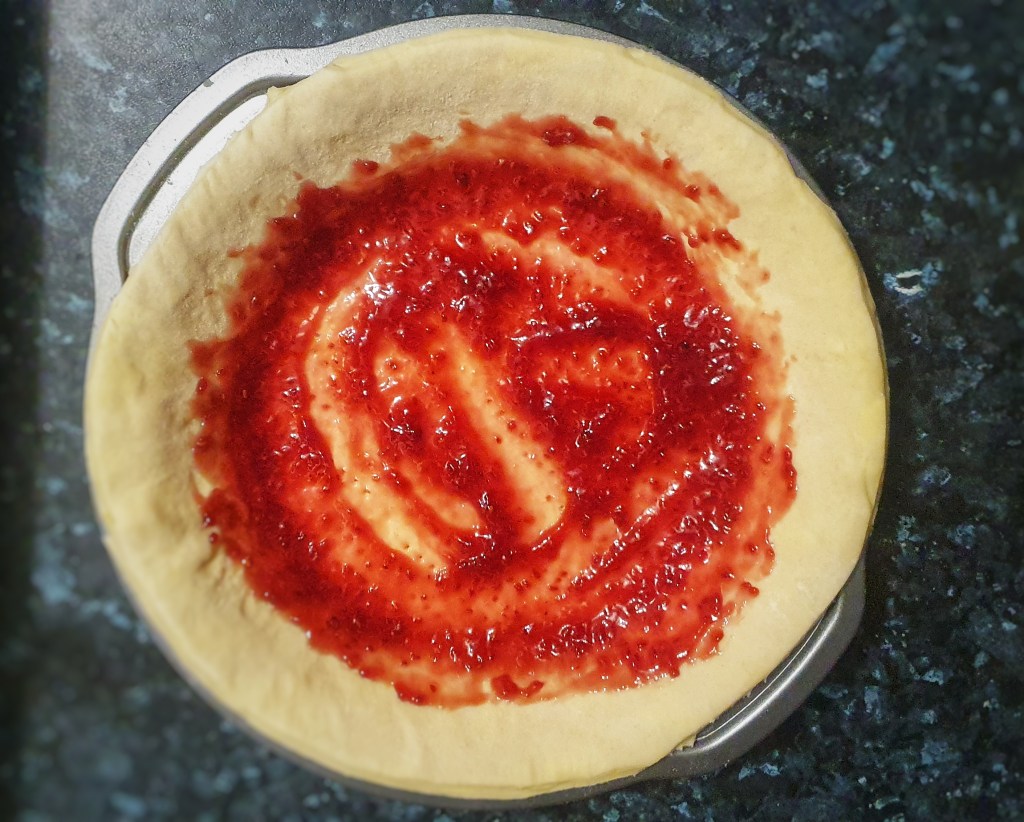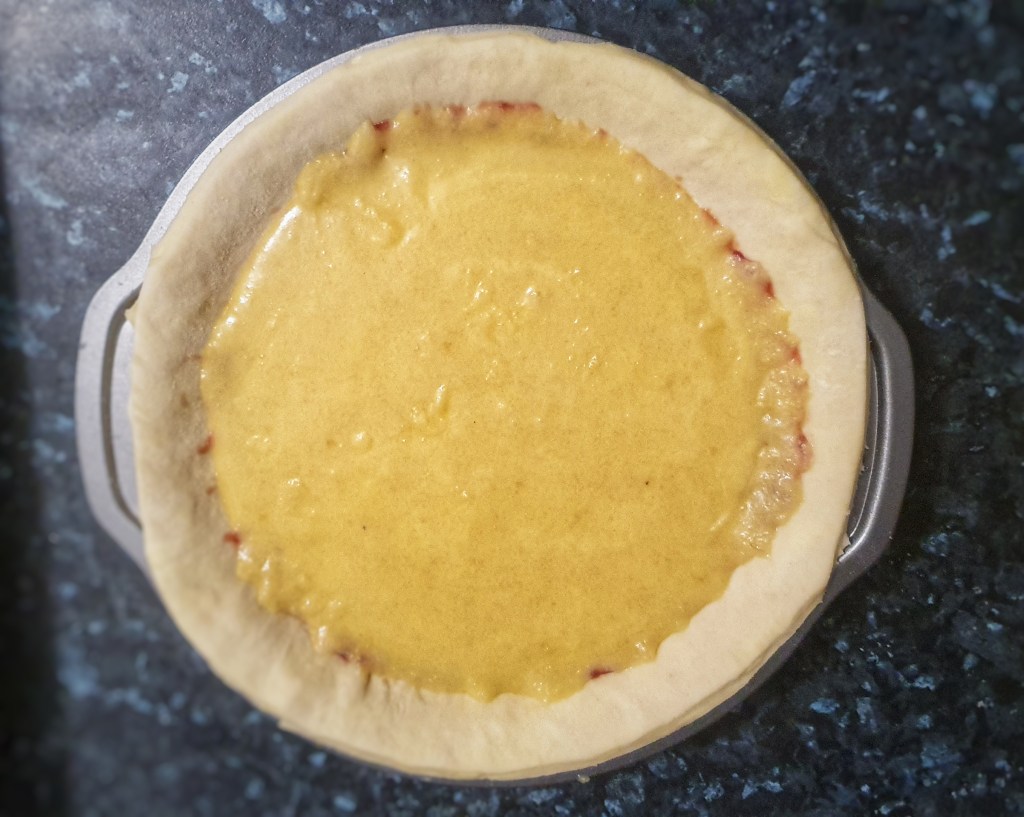
Happy New Year everyone! I do hope you have said cheerio to 2024 good and proper and that you are braced for what promises to be a rather colourful 2025. For a change I’m not in England to see in the New Year, but New Zealand! It’s a very beautiful place, but it seemed very odd wearing shorts for Christmas dinner. Alas, my usual New Year’s Eve pudding did not happen, but I absolutely promise that I will cook one up as soon as I get back.
My year has had its ups and downs from a personal point of view, but it has certainly been my best from the point of view of my writing: I wrote more pieces for Country Life (you can read them on my Media page), an article for BBC Countryfile magazine and even a piece for the Daily Express. my second book Before Mrs Beeton – a biography of food innovator and entrepreneur Elizabeth Raffald – won the Best Food Book Award at the Guild of Food Writer’s Awards 2024. I was not expecting to win, but I was very pleased about it as I’m sure you can imagine. But the biggest achievement was publishing two books in the same year! Knead to Know: A History of Baking and The Philosophy of Puddings have gone down well (thus far) and I am very pleased about that too! It may not surprise you to hear that I will have a bit of time off from writing books for the time being.
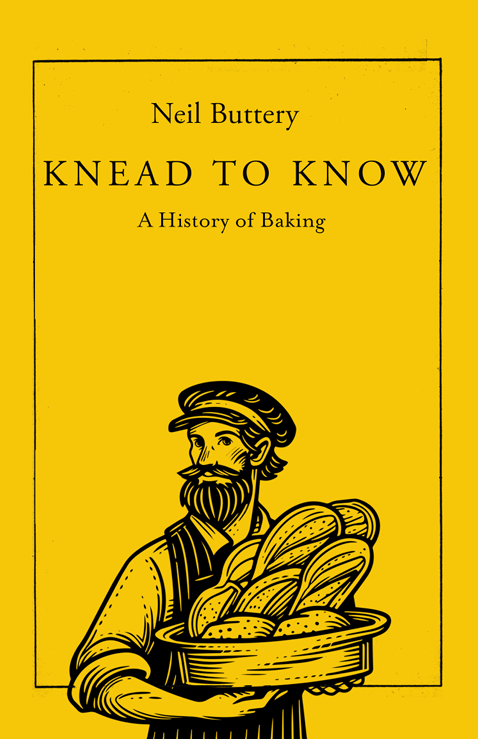

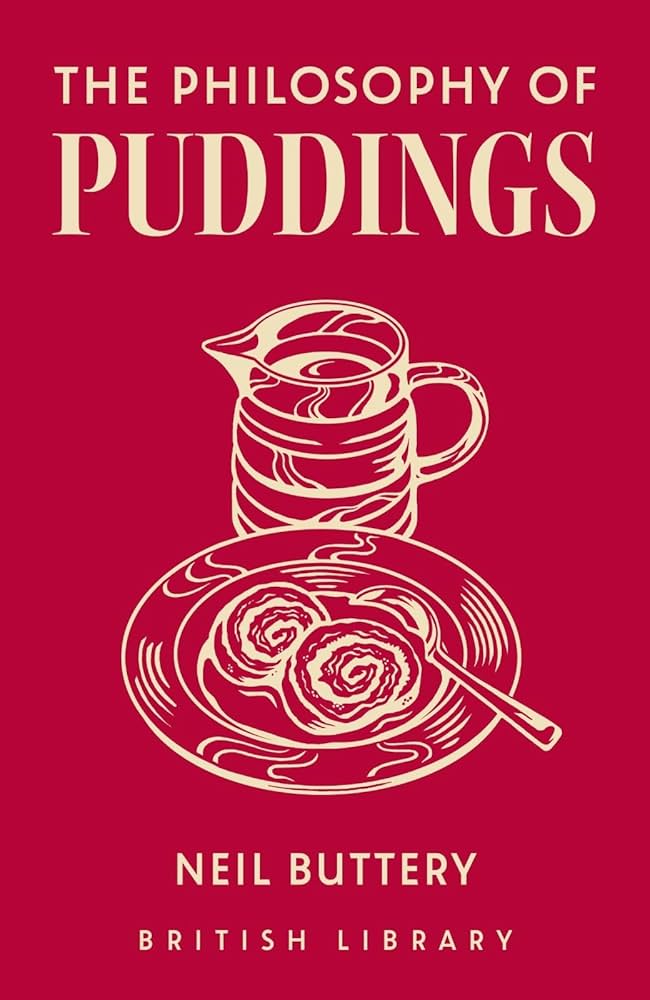
Not only that, but I started a second podcast with fellow food historians Sam Bilton and Alessandra Pino called A is for Apple: An Encyclopaedia of Food & Drink. We’re tackling it letter-by-letter so season one was really season A. We’ve already started recording season B so keep an eye out for that this January.
Working on two books at the same time meant that the blog didn’t receive as many posts as in previous years, but it has been by far the most successful from the point of view of hits: 45% more than the previous year. Absolute craziness. According to Spotify, my listenership for The British Food History Podcast has increased by 88%. I think it’s fair to say that things are very much going in the right direction.
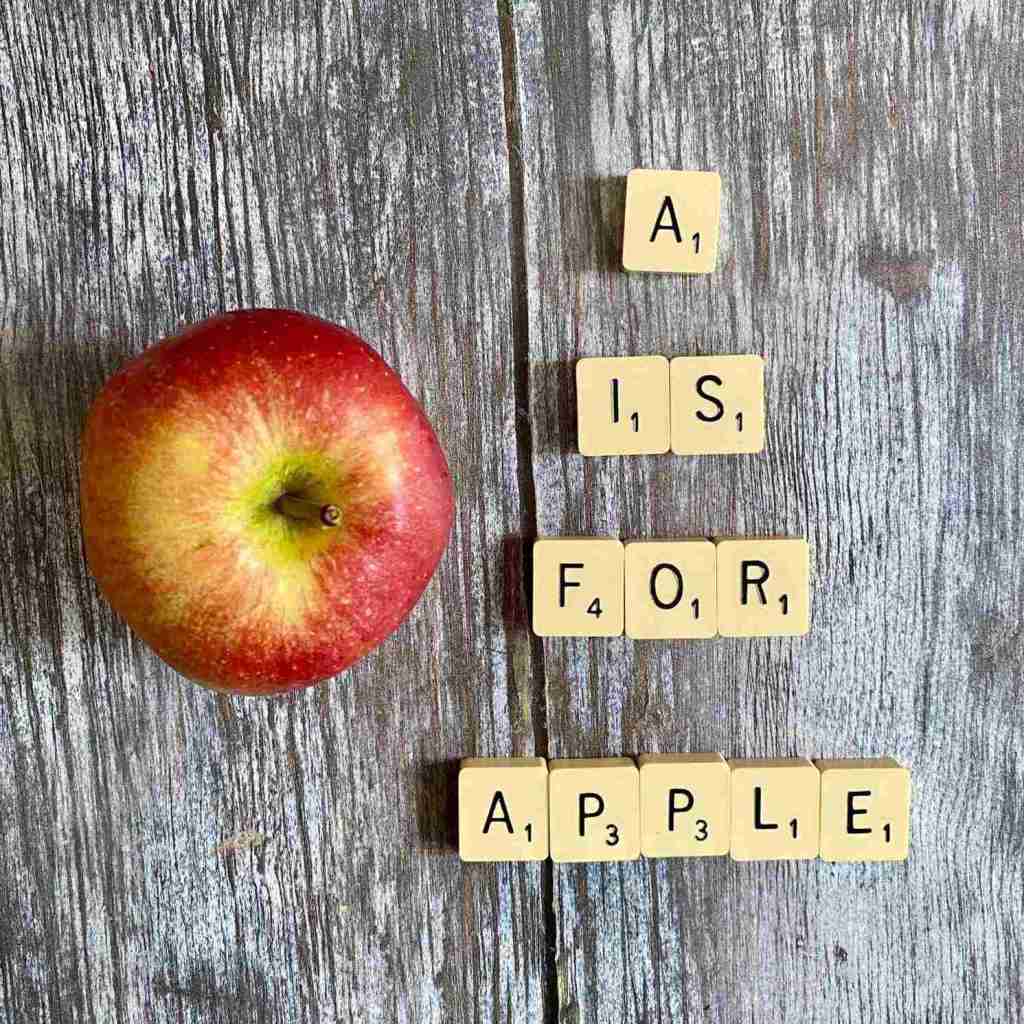

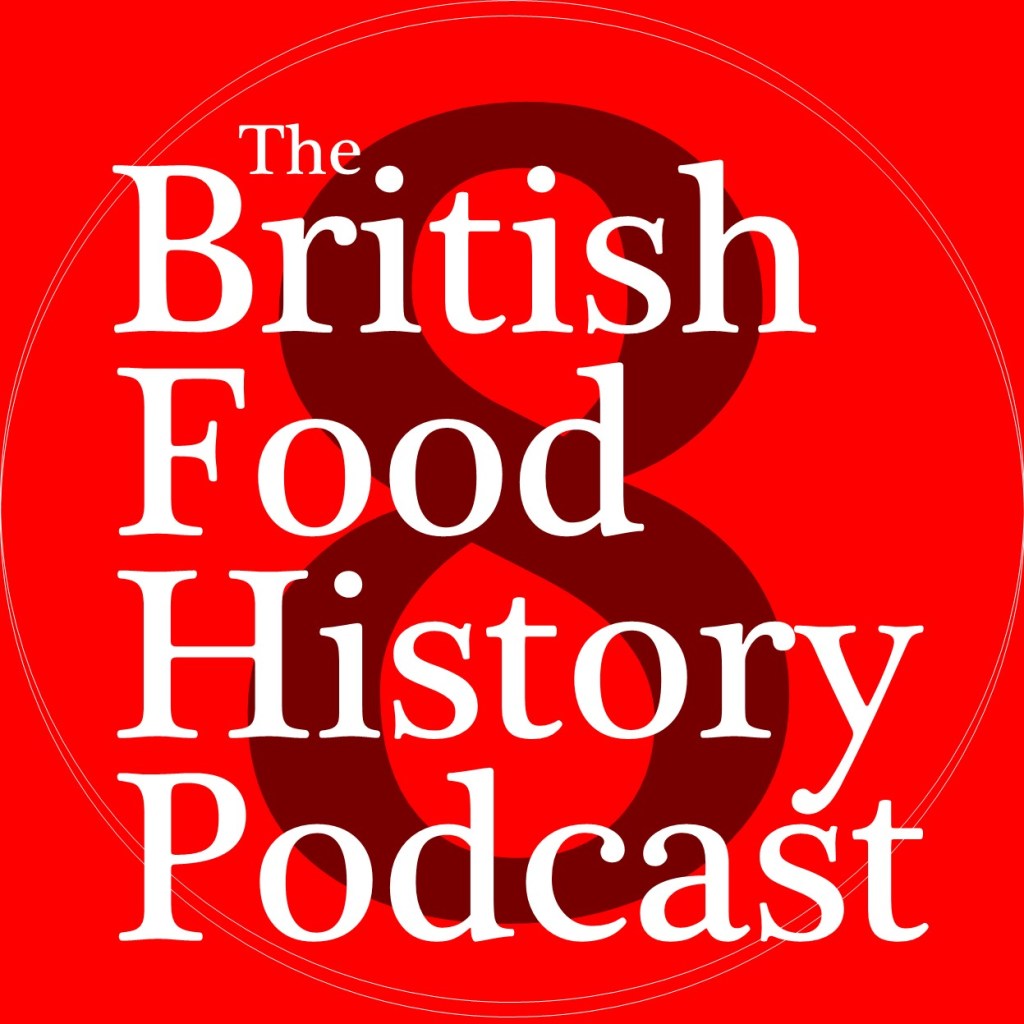
I wouldn’t have been able to do all of this without you supporting me by reading and listening, it really does spur me on to keep on producing more content, so thank you all very, very much.
A very special shout out to everyone who supported the blogs and podcast financially by treating me to a virtual coffee or pint, or by becoming a £3 monthly subscriber. It’s becoming increasingly expensive just to have podcasts and blogs these days, so I really appreciate it.
If you like the blogs and podcast I produce and would to start a £3 monthly subscription, or would like to treat me to virtual coffee or pint: follow this link for more information. Thank you.
The blog was very much focused on baking and puddings (surprise, surprise) and I posted recipes that I have wanted to add to the blog for years, but never got around to. The books prompted me, I suppose. There were things like Chelsea buns, puff pastry, Bakewell pudding and Eccles cakes. There was some attention paid to the much underappreciated Madeira cake, the rather forgotten Northumberland griddlecakes known as singin’ hinnies, and a post about the risks of exploding flour in mills and bakeries.
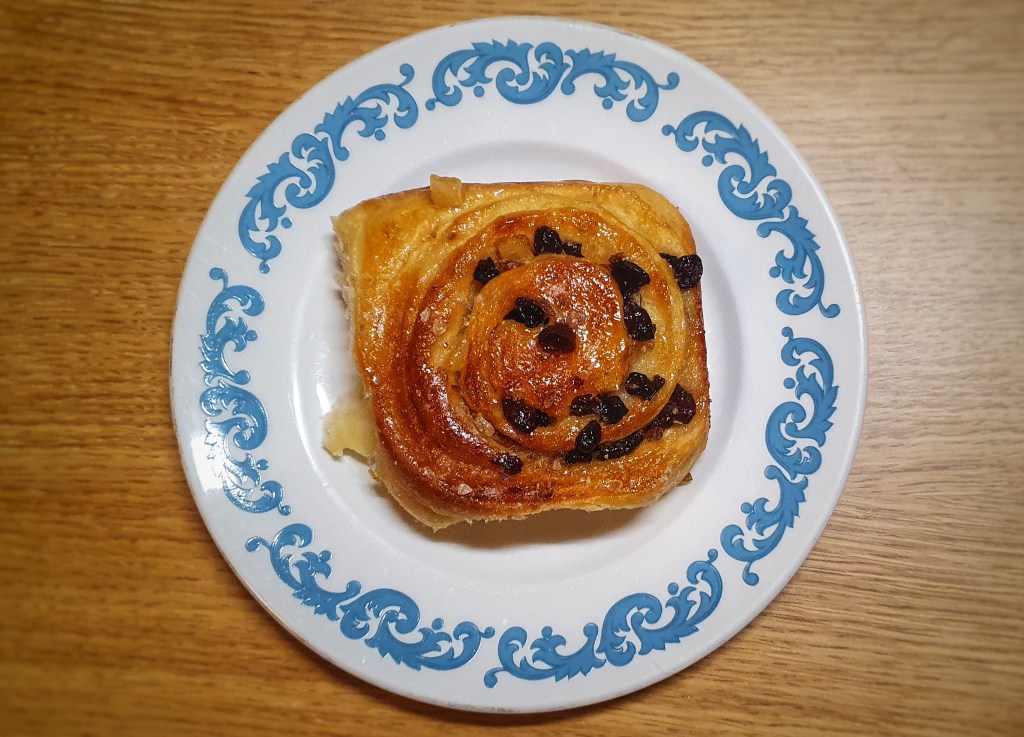
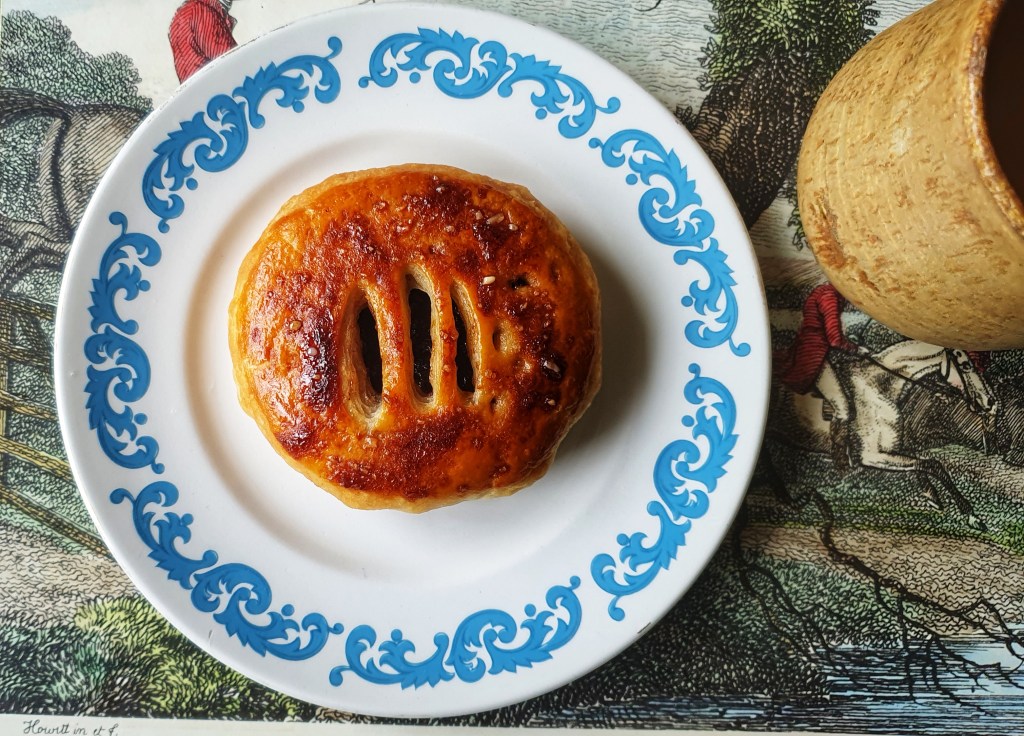



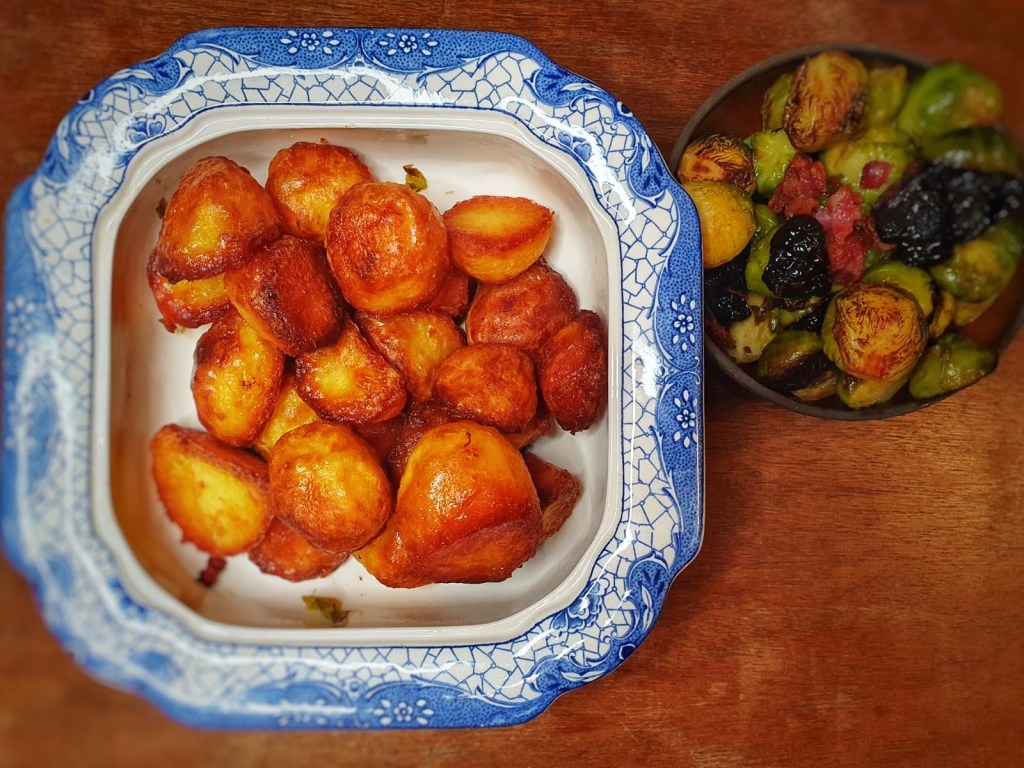
This Christmas I also provided recipes for a complete Christmas dinner (something else I’ve been meaning to do for years as well) with recipes for roast turkey and giblet gravy, fool proof roast potatoes and Brussels sprouts (with bacon and prunes). As per usual there was a boozy recipe for Christmas and this year it was for Irish coffee.
There were 21 podcast episodes of The British Food History Podcast were published this year – a record I believe – and there were some great ones, but the highlight for me was my trilogy of episodes celebrating 50 years of English Food by Jane Grigson – especially the episode when I spoke to Jane’s daughter Sophie Grigson all about her mum and the writing of the book. A real highlight of my career – not just my year!
The most popular episode with listeners was Medieval Meals & Manners with Danièle Cybulskie. Other popular episodes included Spices with Ian Anderson, The History of Food Waste & Preservation with Eleanor Barnett, Historical Cookery with Jay Reifel and Crisps with Natalie Whittle.
So that’s my look back at the year gone by and it is time to look forward to the new year: I will be working on my new book ideas, I will be finishing off season 8 of the podcast, recording the more A is for Apple and providing more recipes – if you have any suggestions for blog posts or podcast episodes do let me know.
Remember to continue to celebrate Christmas! It’s not over until the 5th of January, so please continue to feast away.
Thanks again for your continued support.
Neil xx


